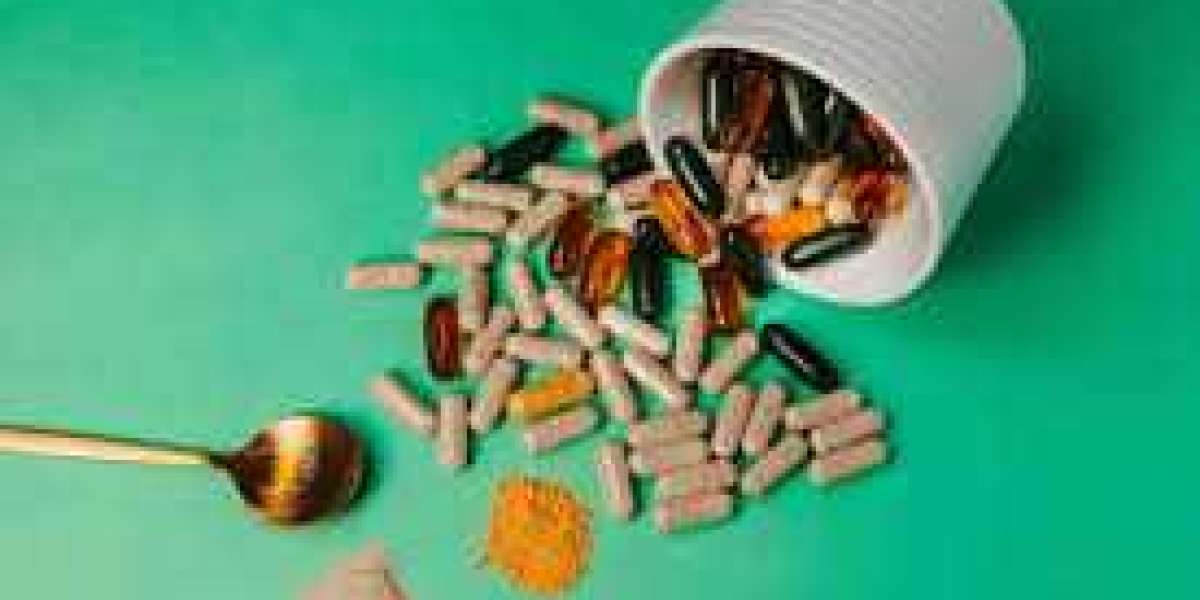Copper is a trace mineral that the body needs in small amounts, yet its role in maintaining health is significant. One of copper’s most important functions is its involvement in iron metabolism, which directly impacts the production of healthy red blood cells and the prevention of anemia. Although often overshadowed by more well-known minerals like calcium or iron, copper plays a critical role in keeping the body functioning at its best.
Peanex Tablet is a nutritional supplement designed to support overall health by addressing specific vitamin and mineral deficiencies. It is commonly used to enhance immunity, promote bone health, and improve skin and hair conditions.
The Connection Between Copper and Iron
Iron is essential for the formation of hemoglobin, the protein in red blood cells that carries oxygen throughout the body. However, for iron to be properly absorbed, transported, and utilized, copper is necessary. Copper aids in iron metabolism in several ways:
Helps with Iron Absorption
While iron absorption primarily takes place in the small intestine, copper-dependent enzymes such as ceruloplasmin help oxidize iron into a form that can bind to transferrin, the protein responsible for transporting iron in the blood. Without sufficient copper, iron cannot be effectively mobilized from storage sites to where it is needed.Prevents Functional Iron Deficiency
Even if your body has enough stored iron, a copper deficiency can prevent it from being used efficiently, leading to symptoms of anemia such as fatigue, weakness, and pale skin.Supports Red Blood Cell Formation
Copper is a cofactor for enzymes involved in hemoglobin synthesis. Adequate copper ensures that red blood cells are healthy, mature properly, and are capable of transporting oxygen effectively.
Sources of Copper
The body cannot produce copper on its own, so it must come from dietary sources. Good food sources include:
Shellfish (oysters, crab, lobster)
Nuts and seeds (cashews, almonds, sunflower seeds)
Whole grains (quinoa, oats)
Dark leafy greens (spinach, kale)
Organ meats (liver)
Legumes (lentils, chickpeas)
Dark chocolate
How Much Copper Do You Need?
The recommended daily allowance (RDA) for copper varies by age and gender:
Adults: 900 micrograms (mcg) per day
Pregnant women: 1,000 mcg per day
Breastfeeding women: 1,300 mcg per day
Most people can meet their copper needs through a balanced diet.
Signs of Copper Deficiency
Although rare, copper deficiency can occur and may lead to anemia that doesn’t respond to iron supplements. Symptoms may include:
Fatigue and weakness
Pale skin
Frequent infections (due to impaired immunity)
Neurological issues such as numbness or difficulty walking
Brittle bones or osteoporosis
People at higher risk of copper deficiency include those with celiac disease, inflammatory bowel disease, or those who have undergone bariatric surgery, as these conditions can impair nutrient absorption.
Copper Toxicity
While copper is essential, too much can be harmful. Excessive copper intake—often from contaminated water, supplements, or certain medical conditions—can lead to nausea, abdominal pain, liver damage, or neurological issues. Adults should not exceed the tolerable upper intake level of 10 mg per day unless advised by a healthcare provider.
Maintaining Healthy Copper and Iron Balance
To ensure proper iron metabolism, both copper and iron need to be in balance. Too much of one can interfere with the absorption of the other. For example, high iron supplementation without medical supervision can reduce copper absorption, and vice versa. Eating a varied diet rich in whole foods is the best way to maintain this balance naturally.
Final Thoughts
Copper is a small but mighty mineral that plays a vital role in iron metabolism, red blood cell formation, and overall health. Without adequate copper, even sufficient iron intake may not be enough to prevent anemia and its associated symptoms. By including copper-rich foods in your diet and maintaining a healthy nutrient balance, you can support optimal oxygen transport, energy levels, and well-being.














